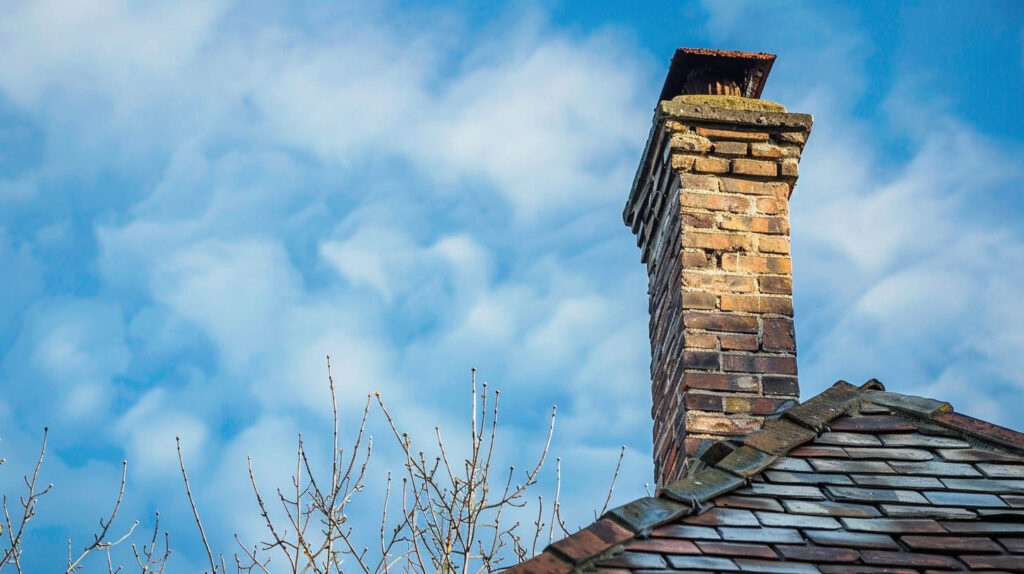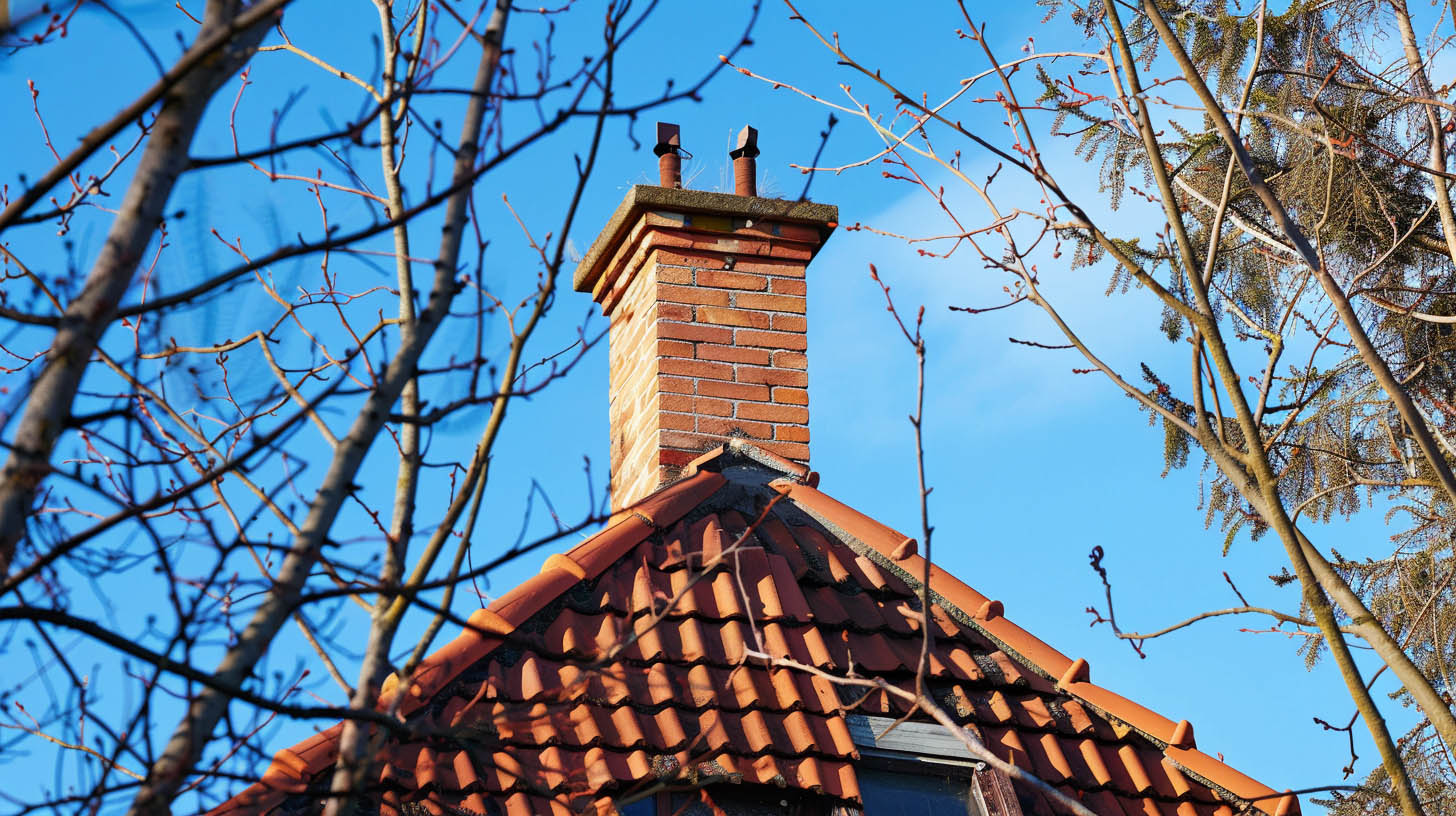The Importance of Chimney Flashing Maintenance
Frequent maintenance of your chimney flashing is essential to ensure the longevity and durability of your roof and chimney. The primary purpose of flashing is to create a waterproof seal between the chimney and roof, protecting your home from the risks of water damage in Burbank, CA. Overlooking this critical component can lead to costly repairs and structural concerns. At Specialist Roofing & Repair, we prioritize professional service to keep your home protected against harsh elements.
Understanding Chimney Flashing and Its Role in Roofing
Chimney plays a critical role in safeguarding the integrity of your roofing system. Its primary purpose is to create a waterproof barrier at the junction of the chimney and roofing materials, preventing water infiltration. Proper installation of metal flashing, including base and counter flashing, ensures that vulnerable areas remain watertight, significantly reducing the risk of water damage.
What Is Chimney Flashing?
Chimney flashing is a critical component of roofing that seals the joints between the chimney and the roof. Typically made from metal, it prevents water infiltration, safeguarding your home against leaks and potential damage caused by moisture exposure over time.
Why Proper Chimney Flashing Matters for Your Roof
Ensuring proper chimney flashing is crucial for maintaining the structural integrity of your roof. It serves as a waterproof barrier that prevents water infiltration at the junction of the chimney and roofing materials. Without proper installation, homeowners may face costly repairs due to leaks that lead to water damage and mold growth within their homes. Regular inspections and maintenance of your chimney flashing not only prolong the life of your structure but also contribute to energy efficiency and overall durability of your roof.

Common Problems Caused by Faulty Chimney Flashing
Problems stemming from faulty flashing are both costly and avoidable with proper care. One of the most frequent issues includes water damage, which can lead to stained interior walls and deteriorated roofing materials.
Neglecting repairs can escalate to structural complications like weakened mortar and insulation damage. The costs of addressing such problems far outweigh regular maintenance. Identifying early signs of trouble is key to protecting your home from costly repairs in the long run.
Water Leaks and Interior Damage
A compromised system can lead to significant water leaks, posing a severe threat to the interior of your home. Such leaks often result from the deterioration of the waterproof barrier, allowing moisture to infiltrate through the junction of the chimney and roofing materials. Once water breaches this protective seal, it can cascade down interior walls, causing mold growth, rot, and costly structural issues. Timely inspections and maintenance of your chimney flashing can prevent these damaging effects, ensuring the ongoing integrity of your chimney and home.
Structural Risks and Mold Growth
Ignoring the maintenance of your chimney flashing can lead to significant structural risks. Water infiltration through compromised may cause rot in the roofing materials and the structure, threatening the overall integrity of your home. Mold growth can also take root in areas with moisture, presenting health hazards to occupants and requiring costly remediation. Regular inspections ensure that remains watertight and durable, preventing further damage and maintaining a safe living environment for homeowners over the long run.

Signs That Your Chimney Flashing Needs Maintenance
Visibly old flashing and signs of wear around your chimney often indicate the need for immediate attention. Look out for visible rust, peeling, or warped metal edges—these are telltale signs that maintenance of your flashing is overdue.
Additionally, spotting moisture indoors or leaks around the chimney is another red flag. Scheduling regular inspections ensures these problems are caught early, preventing from escalating into major issues. Next, let’s explore specific signs in detail.
Visible Rust, Warping, or Gaps
Signs of wear and deterioration in flashing can manifest as visible rust, warping, or gaps. Rust indicates corrosion that compromises the waterproof seal, directly affecting the integrity of your chimney and roofing materials. Warping can disrupt the watertight seal necessary to prevent water infiltration, while gaps create vulnerable areas for moisture intrusion. Regular inspections are essential for homeowners to catch these issues early, preventing costly repairs and ensuring the durability of the structure throughout seasonal changes.
Evidence of Water Stains or Dampness Indoors
Water stains around ceilings or adjacent walls are early indicators of flashing failure. Additionally, persistent indoor dampness can signify undetected leaks.
Unchecked, these signs lead to larger concerns like peeling paint or damage to adjacent fixtures. A humid environment inside your home compromises energy efficiency by forcing heating or cooling systems to overcompensate.
Take action as soon as stains or wet patches appear to halt potential further damage. Regular inspections guarantee peace of mind and prevent severe foundational problems.

Trust the Experts
Proper maintenance of your chimney flashing is essential for prolonging the lifespan of both your roofing materials and structure. Regular inspections can help identify signs of wear before they escalate into costly repairs. Ensuring a watertight seal through professional installation using durable materials minimizes water infiltration and enhances the overall integrity of your home. As an Owens Corning Platinum Preferred Contractor and a Polyglass Quantum Contractor, along with our BBB A+ Rating, we prioritize this aspect of home care. Homeowners can safeguard against structural damage, energy inefficiency, and even mold growth, ultimately maintaining a safe and efficient living space.
Frequently Asked Questions
What are the warning signs of a failing chimney flashing system?
Warning signs include visible rust, bent or warped flashing, water stains on nearby walls or ceilings, and damp areas indoors. Timely maintenance prevents water damage and ensures a well-protected home.
How often does chimney flashing need to be replaced?
Flashing durability depends on regular inspections to ensure it stays in good condition. When professionally installed, its lifespan aligns with your roofing material, minimizing the overall cost of replacement.
Read our blog: Is There a “Quietest” Roofing Material?



